Optimal Timing for Gable Vent Repairs
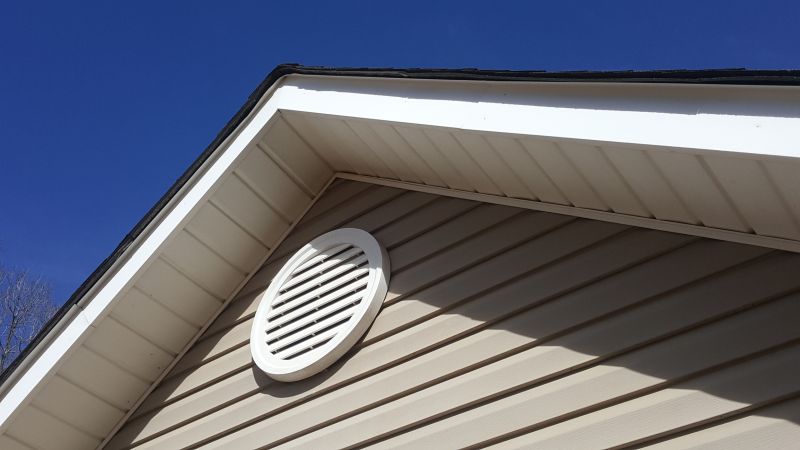
Inspecting gable vents during mild weather ensures accurate assessment without weather-related complications.
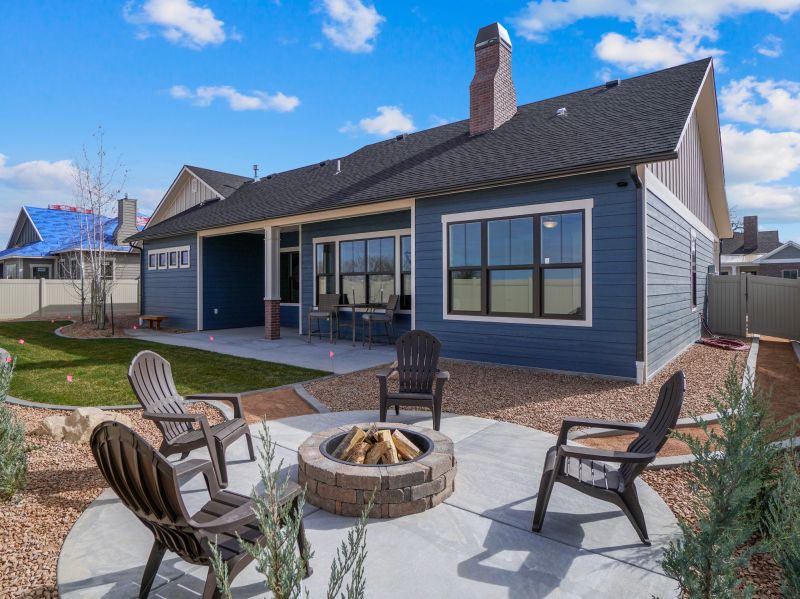
Optimal repair periods avoid extreme temperatures and precipitation for safety and quality.
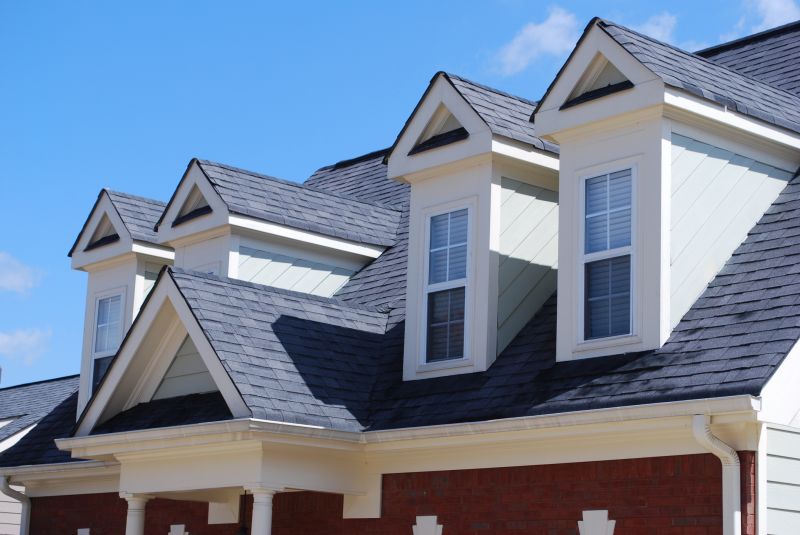
Spring and early fall are ideal seasons for gable vent repairs due to moderate climate conditions.
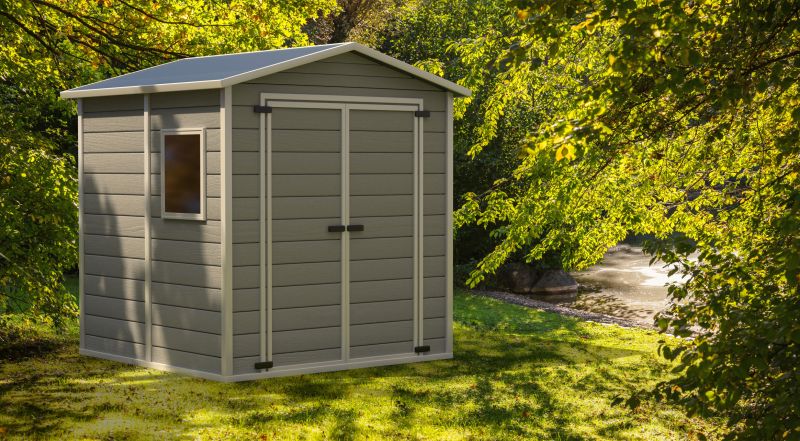
Ways to make Gable Vent Repairs work in tight or awkward layouts.

Popular materials for Gable Vent Repairs and why they hold up over time.
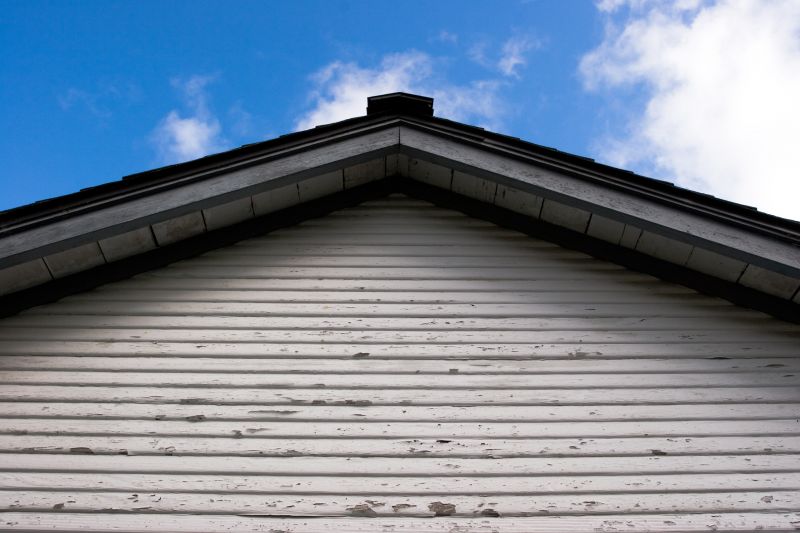
Simple add-ons that improve Gable Vent Repairs without blowing the budget.

High-end options that actually feel worth it for Gable Vent Repairs.

Finishes and colors that play nicely with Gable Vent Repairs.
Gable vent repairs are essential for maintaining proper attic ventilation, preventing moisture buildup, and reducing energy costs. The best time to undertake these repairs is during periods of stable weather, typically in spring or early fall, when temperature fluctuations are minimal. Performing repairs in these seasons minimizes the risk of weather-related delays and ensures the longevity of the repair work.
Timely maintenance of gable vents can prevent issues such as leaks, pest infiltration, and structural damage. Statistics indicate that improper ventilation can lead to up to 30% higher energy bills and increased risk of mold growth. Regular inspections and repairs help preserve the integrity of the roof and extend the lifespan of the ventilation system.
Cracks, warping, or broken louvers indicate the need for repairs to ensure proper airflow.
Postponing repairs can lead to increased damage, higher costs, and compromised attic ventilation.
Addressing issues promptly maintains energy efficiency and prevents structural problems.
Repairs may include sealing leaks, replacing damaged louvers, or installing new vents.

Technicians replacing damaged louvers on a gable vent.
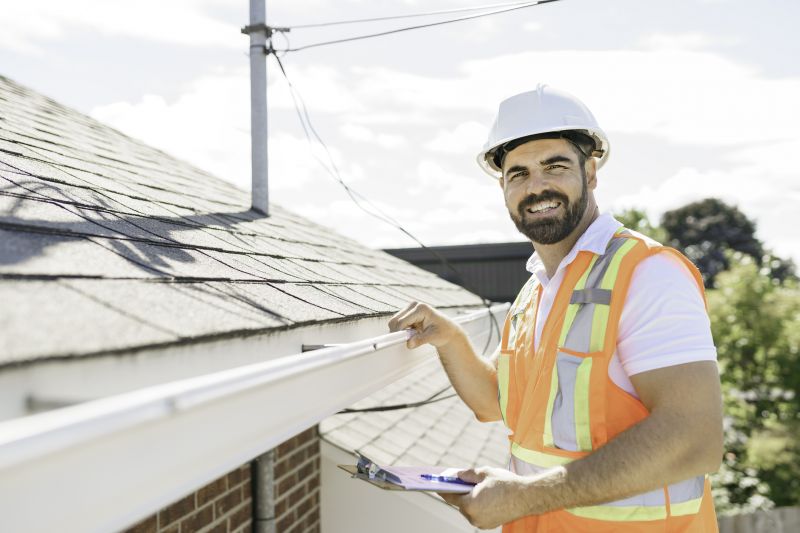
A professional examining a vent for signs of wear and damage.

Installing a new vent to improve attic airflow and prevent moisture buildup.

Applying sealant to ensure vents are protected from water intrusion.

Little measurements that prevent headaches on Gable Vent Repairs day.

A 60-second routine that keeps Gable Vent Repairs looking new.
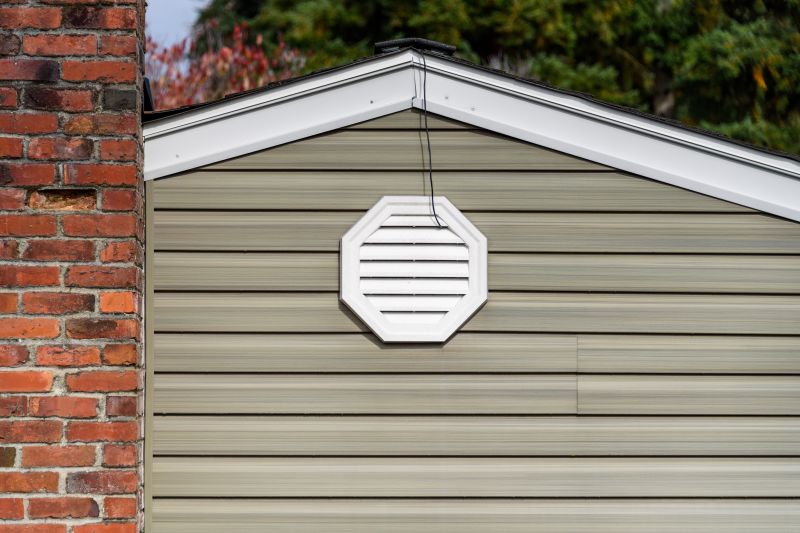
A frequent mistake in Gable Vent Repairs and how to dodge it.
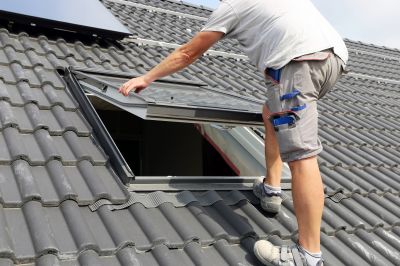
Small tweaks to make Gable Vent Repairs safer and easier to use.
| Season | Advantages |
|---|---|
| Spring | Moderate temperatures, less precipitation, ideal for repairs. |
| Early Fall | Cooler weather, minimal humidity, good for scheduling repairs. |
| Late Fall/Winter | Not recommended due to cold, snow, and potential delays. |
| Summer | High temperatures and storms can hinder repair work. |
| Off-Season | Limited availability of contractors, higher costs. |
Choosing the right time for gable vent repairs involves considering weather patterns, temperature stability, and contractor availability. Proper timing ensures efficient work and durability of repairs. Regular inspections can help identify issues early, allowing repairs to be scheduled during optimal seasons, thereby reducing costs and preventing further damage.

Routine checkups help in early detection of issues.
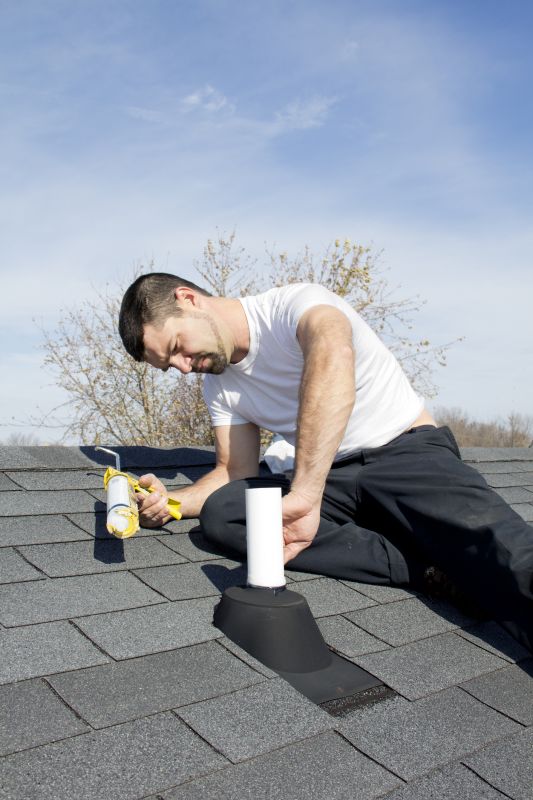
Proper tools ensure effective and safe repairs.
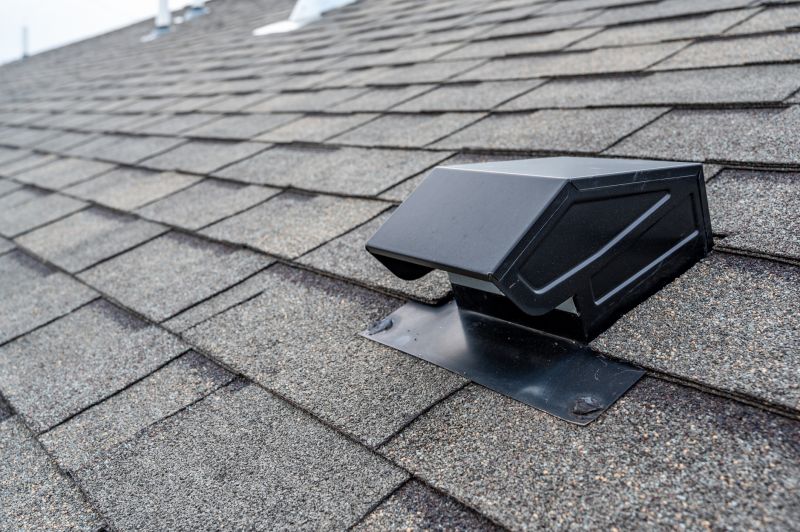
Upgrading to durable materials extends service life.
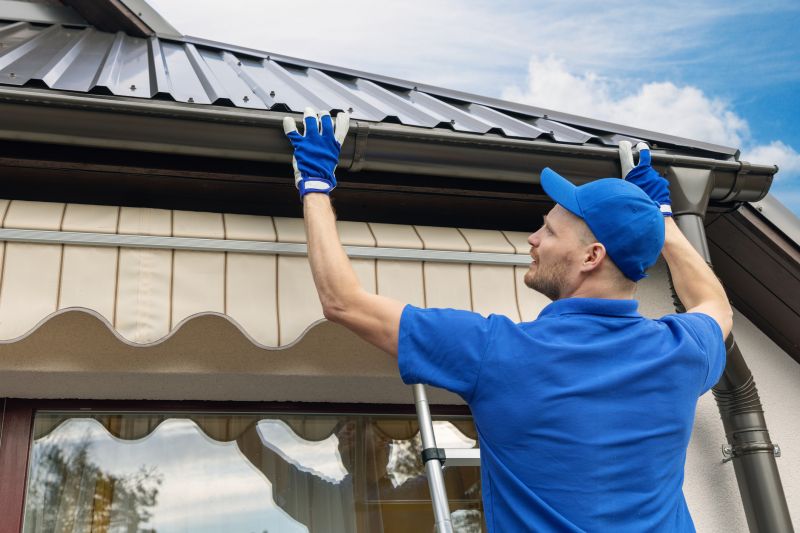
Expert technicians ensure quality and safety.

Lower-waste or water-saving choices for Gable Vent Repairs.

The short, realistic tool list for quality Gable Vent Repairs.
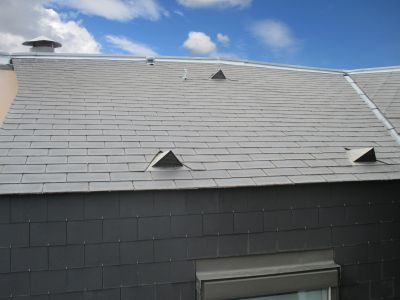
Rough timing from prep to clean-up for Gable Vent Repairs.
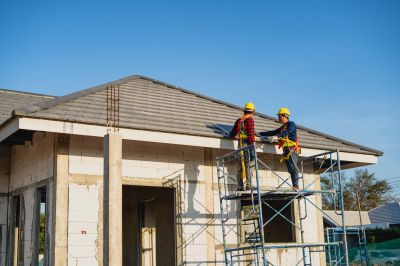
Quick checks and paperwork to keep after Gable Vent Repairs.
Interested in scheduling gable vent repairs? Filling out the contact form can facilitate planning and ensure repairs are completed during the most suitable season for optimal results.



